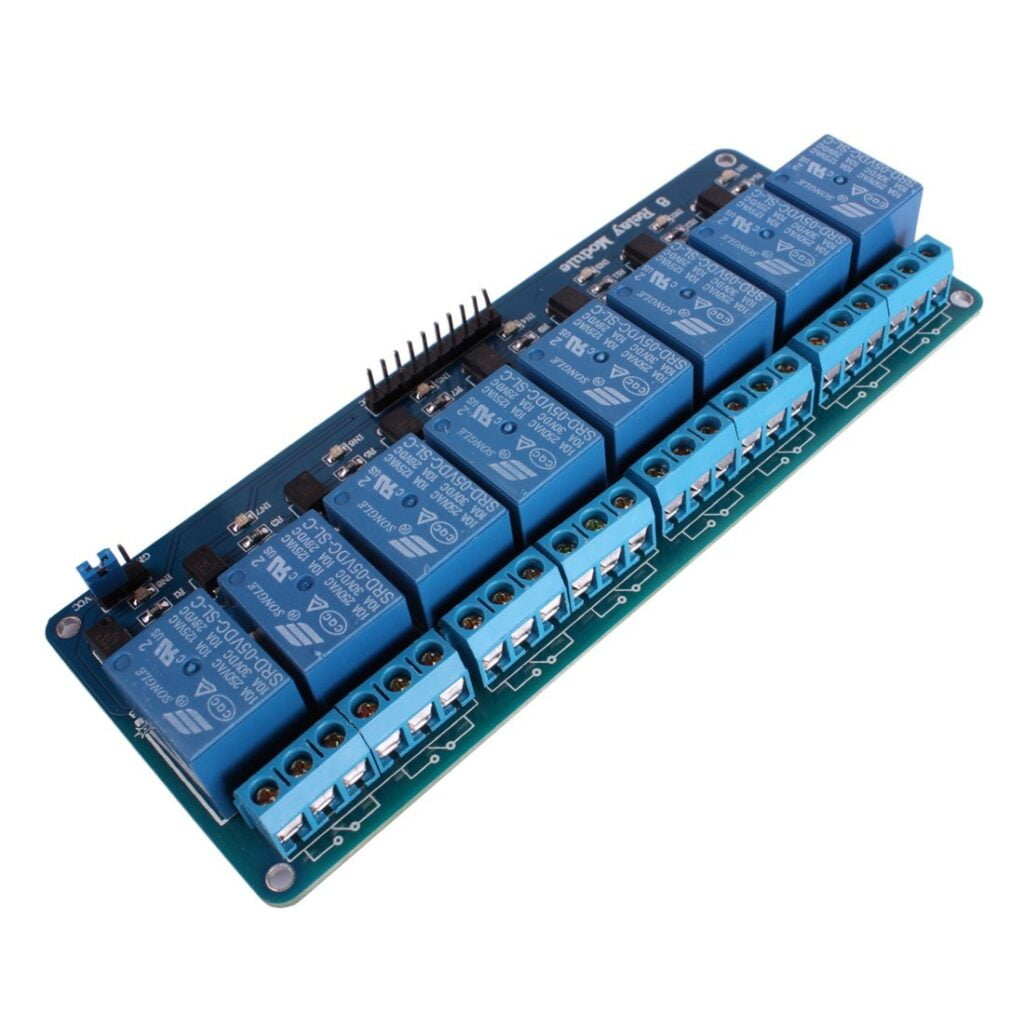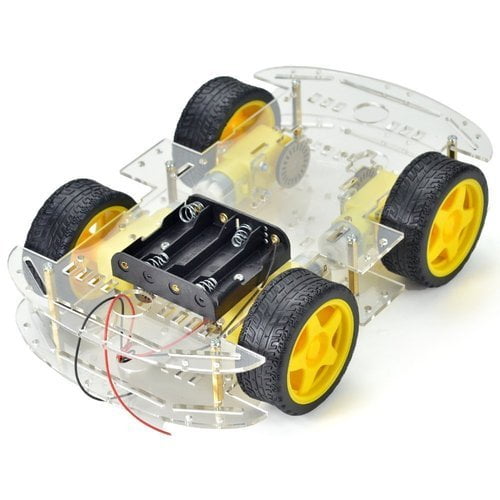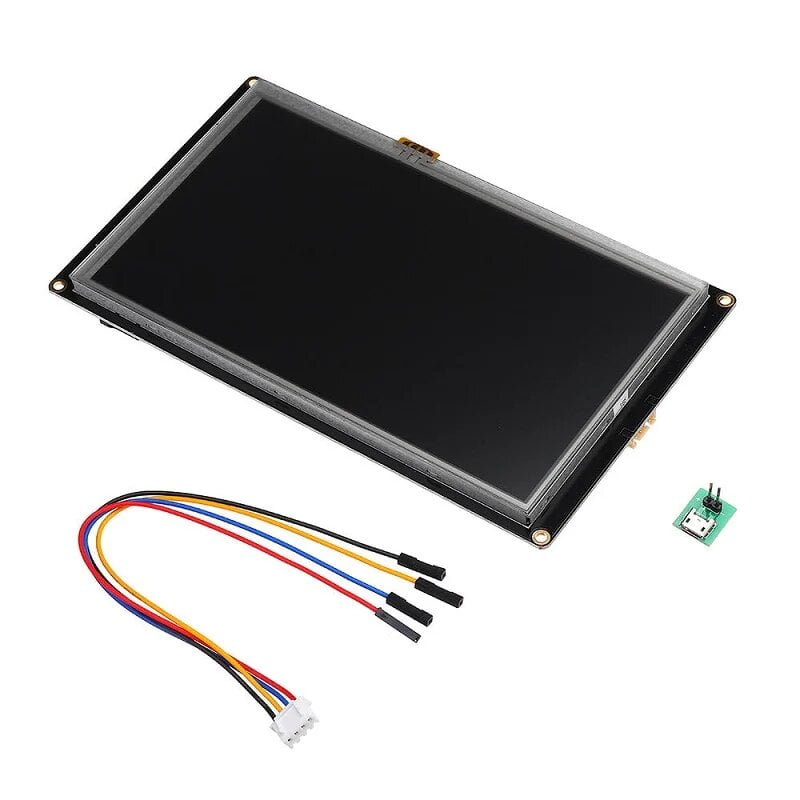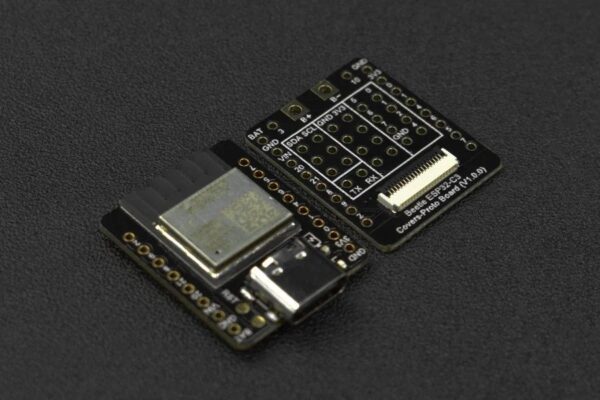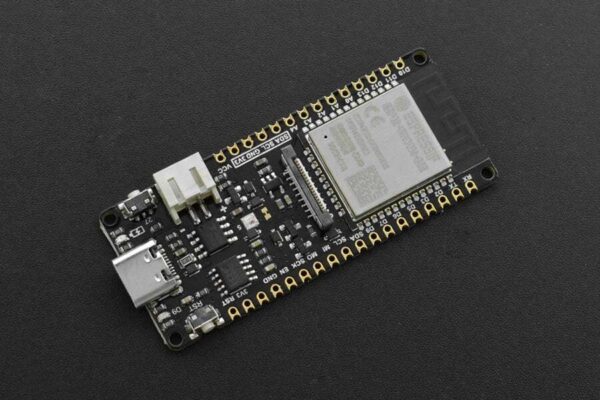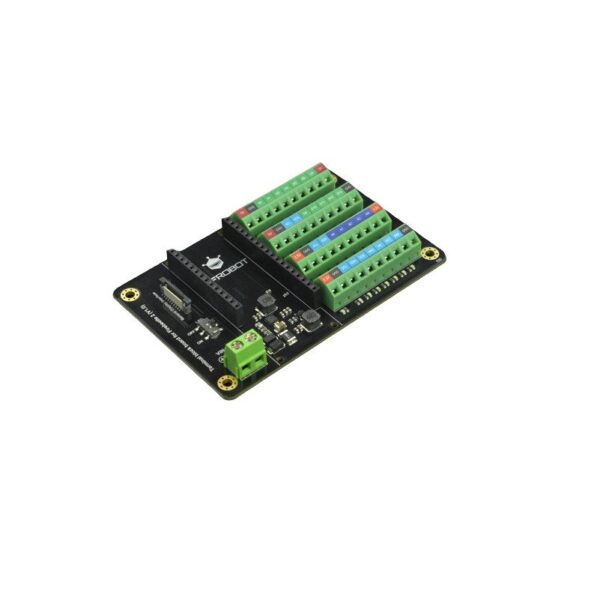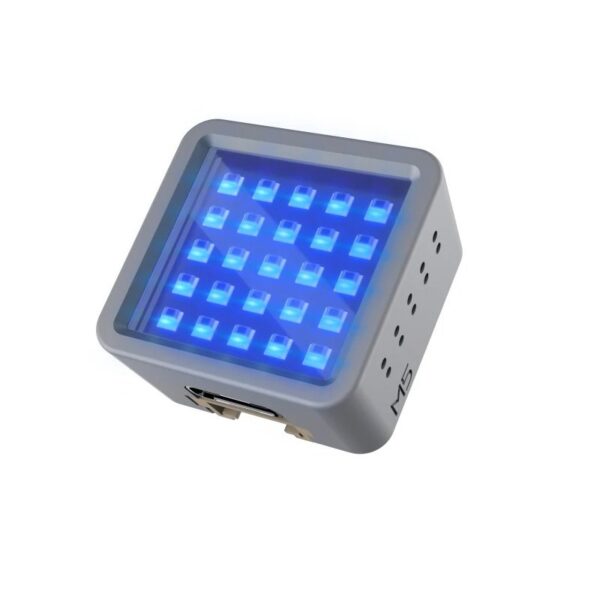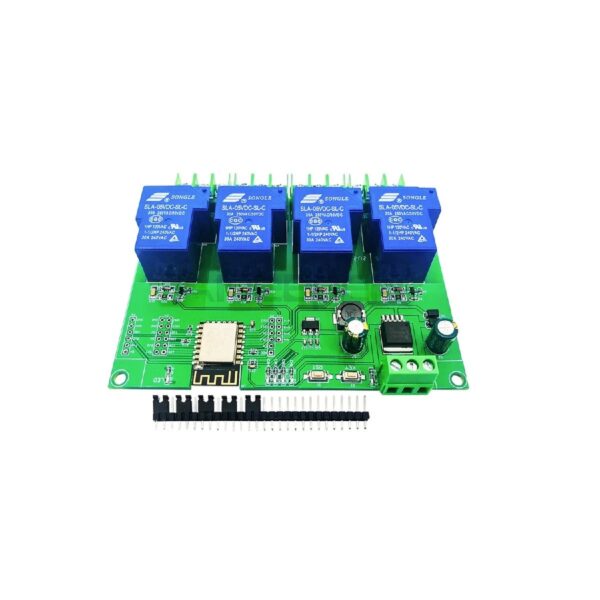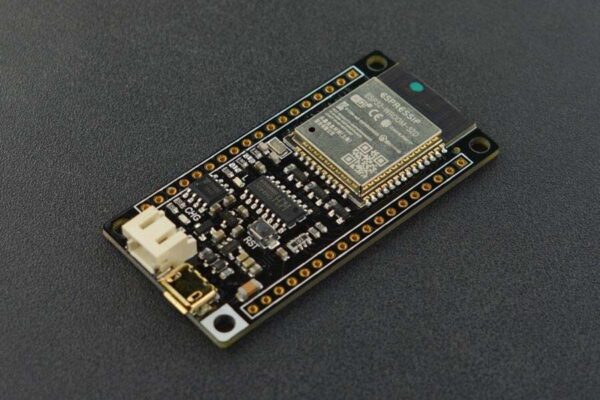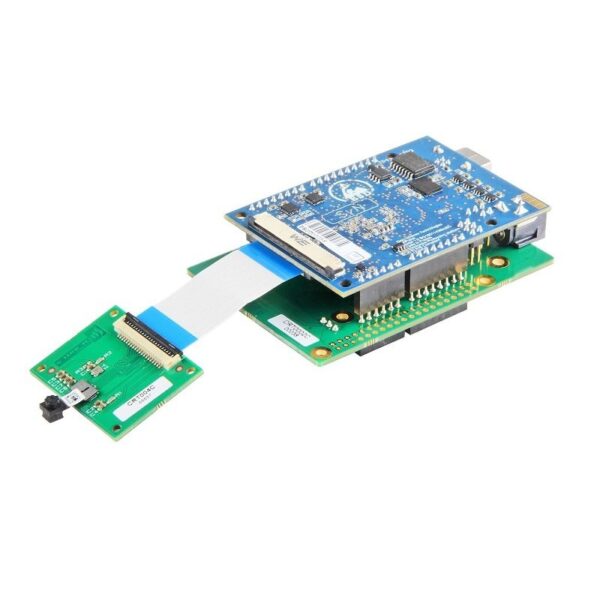Seeed Studio GAPuino GAP8 Developer Kit is an Arduino Uno form factor board (master) that includes a GAP8 System-on-a-Chip (SoC) and all the peripheral interfaces. This development kit facilitates the development of application prototypes using GAP8 and is compatible with most Arduino shields. The GAP8 Developer Kit leads out all necessary I/Os and includes a USB to serial and JTAG bridge that allows programming and debugging GAP8 applications. The GAPuino, GAP8 HDK, and SDK are designed to help the user with developing algorithms for image, sound or vibration analysis, and efficient edge computing.
GAP8
GAP8 is a System-on-a-Chip that enables massive deployment of low-cost intelligent devices that capture, analyze, classify and act on the fusion of rich data sources such as images, sounds, or vibrations. GAP8 integrates everything necessary to acquire from the sensor, pre-process, analyze and act on rich data sources integrated into a single device. This allows GAP8 to have an energy efficiency that is compatible with an operation for years on batteries and a system cost that enables massive deployment of embedded, intelligent devices.
Open Source Architecture
GAP8 is based on many years of research into ultra-low-power parallel processors carried out in the Parallel Ultra Low Power (PULP) project by ETH Zurich and the University of Bologna. This heritage results in an extremely rich, integrated architecture in an IoT Application Processor that delivers low power operation in real customer use cases.
What technology is behind GAP8?
All cores implement extended RISC-V ISA
1 core acts as a controller for communications, control, and task dispatch
8 cores are grouped into a parallel compute cluster with a low contention shared memory architecture
Hardware event synchronization ensures efficient parallelization
Hardware Convolution Engine (HWCE) further optimizes Convolution Neural Networks
Dynamic & Voltage Frequency Supply control of controller and cluster domains
GAPUINO GAP8 development board
GAPUINO is an Arduino Uno form factor board (master) that includes a GAP8 and all the peripheral interfaces necessary to prototype GAP8 applications, compatible with most Arduino shields. It leads out all necessary I/Os and includes a USB to serial and JTAG bridge that allows you to program the onboard flash and debug your GAP8 applications.
Whether you are a company developing algorithms for image, sound, or vibration analysis, a company developing sensors that need to process rich information, or a programmer that wants to learn more about extremely efficient edge computing using an advanced, low-power compute cluster GAPUINO and the GAP8 HDK and SDK is designed for you.
What can you do with GAPUINO and the GAP8 SDK?
GAPUINO Sensor Board
The GAPUINO sensor board adds a range of ancillary sensors to GAPUINO.
Low Power QVGA Image Sensor
Includes board and adaptor for GAPUINO
QVGA resolution
Black and white sensor
GAP8 Applications
GAP8’s extended instruction set and hierarchical, highly integrated architecture allow it to deliver power and cost efficiency in a wide range of AI and signal processing tasks used in processing rich data. Processing and interpreting rich data such as images, sounds, or vibrations on an edge device eliminates the need to transport large quantities of data to the cloud making sensors compatible with low-power wide-area networks (LPWANs).
GAP8 can deliver more power efficiency over a wider range of computing tasks than any other ultra-low-power processor available today. This allows device manufacturers to integrate artificial intelligence and advanced classification into autonomous wireless edge devices in many different application areas.
What problems can GAP8 solve?
Computer Vision: GAP8 runs complex computer vision algorithms such as Convolutional Neural Networks (CNNs) for Object Detection and Recognition and Counting. For example, it can classify a QVGA image every three minutes for 10 years on a small 3.6 Ah battery.
Audio Signal Processing: GAP8 can allow a complete audio processing stack to be implemented using a single processor: microphone-array beamforming, noise reduction, echo cancellation, and keyword or sentence recognition.
Machine Health Monitoring: Predictive maintenance needs multi-sensor analysis: vibration, lubrication, electric motor monitoring, infrared tomography, and alignment & balancing. GAP8, with its autonomous sensor data fusion embedded capabilities, can reduce sensor deployment and operational costs by uploading the right maintenance information at the right time for years on a battery.
Specifications
| Processor | GAP8 |
| Processing Power | 22.65 GOPS |
| Power Efficiency | 4.24 mW/GOP |
| RAM | 512 KB |
| External Memory | QSPI/ HyperBus |
| Sound Interface | 2 Rx I2S interfaces |
| Camera Interface | 8-bit CPI (Camera Parallel Interface) |
| Package/Case | aQFN 88 7x7mm |
| Shipment Weight | 0.5 kg |
Features:
- Optimized for the execution of signal processing and machine learning algorithms on intelligent edge devices.
- Autonomous operation using a battery or energy harvesting.
- Fully programmable in C/C++.
- 200 MOPS at 1mW.
- Minimum 2µA standby current.
- Integrated design results in low system cost.
- >8 GOPS at a few tens of mW.
- Arduino Uno compatible master.
- Camera connector for the external camera (e.g. Himax HM01B0).
- Quad SPI flash 256Mbits.
- HyperBus combo DRAM/Flash 512Mbits Flash + 64Mbits DRAM.
- USB to GAP8 JTAG + UART.
Package Includes:
- 1 x GAPUINO Developer Board.
- 1 x GAPUINO Sensor Board.
- 1 x Low Power QVGA Image Sensor.

